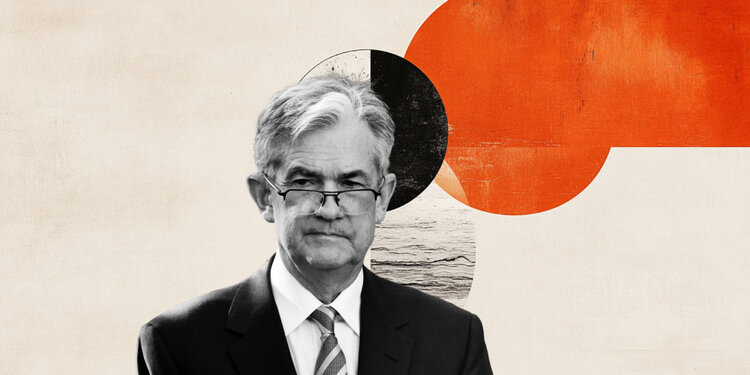- Fed holds rates steady, Powell signals patience and data-dependence.
- Markets unwind rate-cut bets as Fed tones down preemptive easing.
- AUD/USD drops sharply to 0.6430 after Powell dashes dovish hopes.
The Australian Dollar tumbled against the US Dollar following Fed Chair Jerome Powell’s press conference, where he emphasized uncertainty around the rate outlook and ruled out preemptive easing. While the Fed kept interest rates unchanged at 4.5% as expected, Powell’s comments highlighted the need for more data and reaffirmed the Fed’s patient stance. He admitted he couldn’t confidently determine the appropriate rate path and stated that conditions do not yet support cutting rates.
The AUD/USD pair, which had hovered near 0.6545 post-statement, fell sharply to 0.6430 as traders scaled back dovish bets and repriced the Fed’s path. Powell’s remarks halted the earlier slide in the Dollar and triggered renewed strength, particularly against risk-sensitive currencies like the Aussie.
Fed FAQs
Monetary policy in the US is shaped by the Federal Reserve (Fed). The Fed has two mandates: to achieve price stability and foster full employment. Its primary tool to achieve these goals is by adjusting interest rates.
When prices are rising too quickly and inflation is above the Fed’s 2% target, it raises interest rates, increasing borrowing costs throughout the economy. This results in a stronger US Dollar (USD) as it makes the US a more attractive place for international investors to park their money.
When inflation falls below 2% or the Unemployment Rate is too high, the Fed may lower interest rates to encourage borrowing, which weighs on the Greenback.
The Federal Reserve (Fed) holds eight policy meetings a year, where the Federal Open Market Committee (FOMC) assesses economic conditions and makes monetary policy decisions.
The FOMC is attended by twelve Fed officials – the seven members of the Board of Governors, the president of the Federal Reserve Bank of New York, and four of the remaining eleven regional Reserve Bank presidents, who serve one-year terms on a rotating basis.
In extreme situations, the Federal Reserve may resort to a policy named Quantitative Easing (QE). QE is the process by which the Fed substantially increases the flow of credit in a stuck financial system.
It is a non-standard policy measure used during crises or when inflation is extremely low. It was the Fed’s weapon of choice during the Great Financial Crisis in 2008. It involves the Fed printing more Dollars and using them to buy high grade bonds from financial institutions. QE usually weakens the US Dollar.
Quantitative tightening (QT) is the reverse process of QE, whereby the Federal Reserve stops buying bonds from financial institutions and does not reinvest the principal from the bonds it holds maturing, to purchase new bonds. It is usually positive for the value of the US Dollar.
Read the full article here



